Enhancing indoor air quality or outdoor purifiers and air scrubbers aims to improve it with unique qualities and distinct characteristics. But it’s crucial to grasp each gadget’s features and discern which is most effective against pollution.
However, the difference between air purifiers vs. air scrubbers is based on the particles they clean. Moreover, it ensures a thorough purification process, making it an ideal choice for customers. This guide will help you decide and pick the product that meets your air quality requirements.
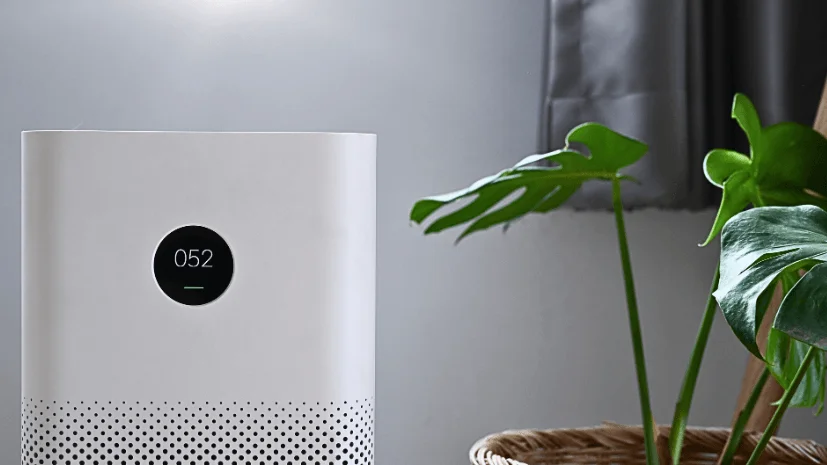
Table of contents
Understanding Air Purifiers
To remove contaminants and provide multiple benefits, air purifiers function by drawing in air and using various technologies. Air purifiers work through different processes:
Filtration: Air purifiers vs. air scrubbers use HEPA filters to trap particles like mold, dust, pollen, etc. Even 0.3 microns of tiny particles are captured by HEPA filters.
UV-C light: Ultraviolet lights neutralize bacteria, viruses, and microbes by destroying their DNA.
Filters containing activated carbon: These filters capture gases, volatile organic compounds, and odors from the air. They help destroy foul smells.
Ozone generators: In some models of air purifiers vs air scrubbers, ozone generators emit ozone, which is further used in breaking and neutralizing pollutants. But still, you need to be careful with ozone generators as a high ozone level can be harmful.
Ionizers: Through ionizers, negative ions are released into the air, which attract positively charged particles and bring them down. It’s such an efficient process for removing pollutants from the air.
Benefits of Air Purifier vs Air Scrubber
There are many benefits of using an air purifier vs. an air scrubber like:
- Give relief from Allergy
- Improve Respiratory Health
- Odor Elimination
- Reduce Viruses and Germs
- Enhance Air Quality
Exploring Air Scrubbers
Air scrubbers vs. air purifiers provide the same benefits but with different functionalities and processes. They enhance air quality by capturing debris from the air. Those areas that are affected by pollutants used in sites like construction sites, polluted indoor environments, and industrial areas. Here’s the detailed procedure on how air scrubbers work:
Negative Air Pressure: Various air scrubbers create negative air pressure throughout a space. That’s how air scrubbers pull air into the unit, keeping contaminants from escaping.
Filtration: Including HEPA filters, air scrubbers use several filters to trap particles like debris, dust, and other pollutants in the air. To ensure cleaning air, HEPA filters are efficient in trapping tiny particles.
Exchanging of Air: Air scrubbers usually have a high-powered fan to facilitate air exchange. Through the scrubbers, air continues cycling while ensuring a large amount of air is filtered over time.
Activated Carbon Filters: Some air scrubbers rely on activated carbon filters to absorb foul odors and organic gasses.
UV Light Uses: Ultraviolet light is employed in many models to eliminate and neutralize bacteria and viruses found in the air.
Benefits of Air Scrubbers Vs. Air Purifier
- Enhance Indoor Air-quality
- Construction Projects
- Versatility
- Eliminate Odors
- Mold Removal
Comparing Air Scrubber vs. Air Purifier
There’s a lot to learn when talking about air purifiers vs. air scrubbers. But remember, air scrubbers are generally used in large commercial buildings to provide air purification. On the other hand, air purifiers are used in any area like the home. Furthermore, comparing the price of air scrubbers vs. air purifiers, they’re more expensive than air purifiers due to their features and specifications. On the other hand, air purifiers are affordable, and many homeowners own various units.
Both of these equipment can clean and improve indoor air quality. Working with many other cleaning technologies like dehumidifiers and large fans can be efficient, providing more breathable air for your family and employees.
But these air scrubbers are more expensive than an air purifier. They’re used for industrial use and are reliable. Even some air scrubbers are available on a rental basis to perform mold remediation. Air scrubbers are usually tiny and built with cheap filters to keep costs down. It is essential to follow the instructions in the manufacturer’s guide when installing or placing the device since its features and model determine them. If you’ve any specific concerns, consider consulting with professionals.
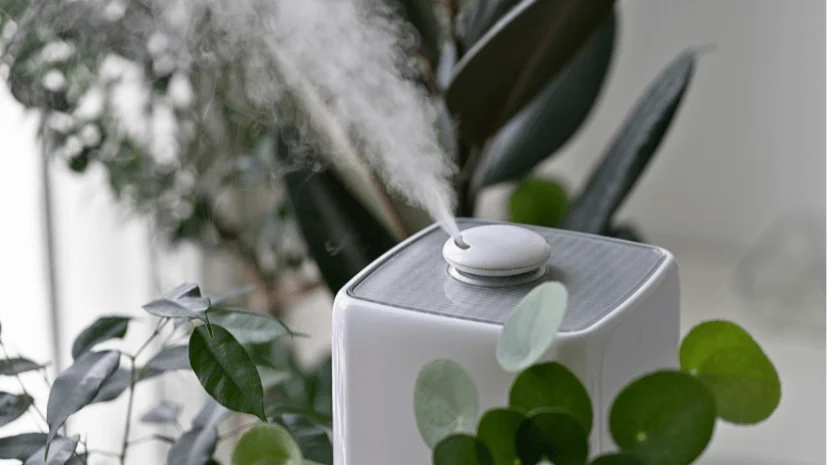
Maintenance and Upkeep of Air Scrubbers and Air Purifiers
To ensure the effective and efficient operation of air purifiers and air scrubbers, it is essential to do proper maintenance and regular upkeep. To maintain your devices, here are the general guidelines:
Maintenance of Air Scrubbers Vs. Air Purifiers:
1- Examine gaskets and seals:
- To ensure there are no leaks, regularly inspect gaskets and seals.
- To maintain negative air pressure, replace and repair damaged seals and gaskets.
2- Regularly Filter Replacement:
- For filter replacement, follow the manufacturer’s recommendations.
- Replace filters once they clog or have completed their lifespan.
3- Cleaning of Intake and Exhaust Fans:
- Once exhaust and intake fans are dirty, clean them and ensure they’re debris-free.
- To prevent airflow restrictions, regularly clean the vents.
4- Monitoring Air Flow
- Regularly inspect the airflow to determine whether the air scrubber performs well at its specific capacity.
- Depending on the circumstances, change the conditions and placements if necessary.
5- Inspect UV-C Bulbs
- Inspect the bulbs if air scrubbers use them, and ensure they work properly.
- According to the manufacturer’s guidelines, replace the UV-C bulbs accordingly.
Maintenance of Air Purifiers vs. Air Scrubbers
1- Replacement of Filters Regularly
- Always follow the manufacturer’s guidelines for replacing filters at the appropriate intervals.
- Due to the different types of filters in air purifiers, many air purifiers have different replacement schedules.
2- Inspect and Clean Sensor
- For quality monitoring, clean sensors according to the recommended guidelines provided by the manufacturer.
3- Vent Cleaning
- Dust and debris should be removed from the intake and outlet.
- To maintain optimal airflow, vacuum and wipe down the vents.
4- Monitoring the air quality
- To measure the cleaner’s performance, regularly inspect the air quality in the room.
- As conditions change, adapt the settings and placement.
5- General Cleaning
- To ensure safety measures follow a manufacturer’s guidelines.
- Prevent your device exterior by regularly wiping down it.
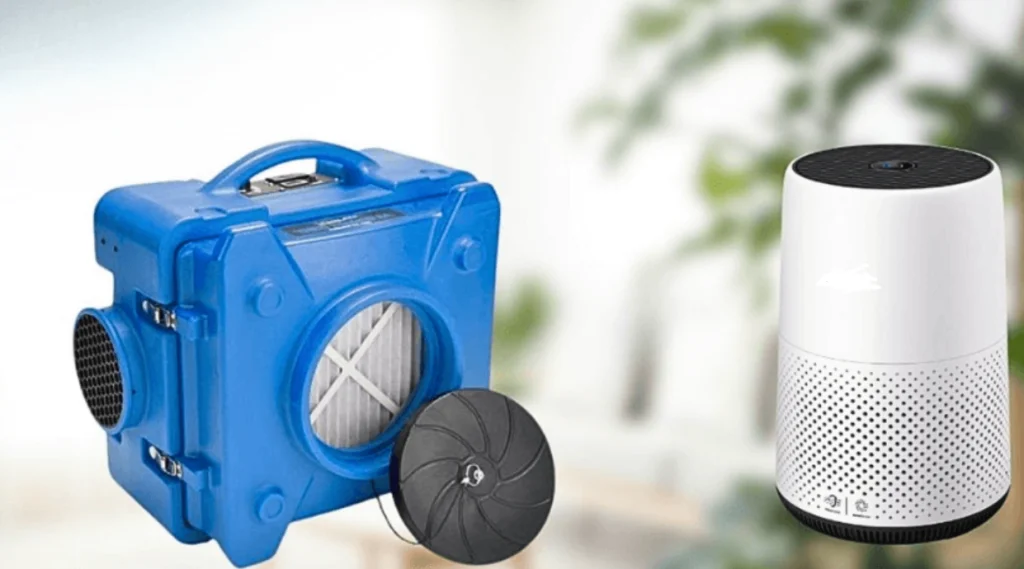
Making the Right Choice for Your Needs
When choosing an air scrubber or air purifier, there are a few things that you need to consider that meet your specific needs:
1- Portability and Size
If you want to buy an air purifier vs. an air scrubber, choose a unit that can comfortably fit into your space and is easy to move.
2- Health Concern
It’s recommended to use air scrubbers vs air purifiers because they’re more efficient at killing bacteria and debris in your surroundings.
3- Cost
Budget constraints should be your first priority. For this, compare performances and features to select the most affordable unit that provides the best value for your investment.
4- Ease in Maintenance
Always ensure filters are easy to replace and assess. User-friendly units can save a lot of time and effort.
5- Complying with Standards
For safety regulations, ensure air scrubbers comply with industry standards.
VEVOR: A Great Solution For Your Home and Office
With built-in UV-C to eliminate pollutants, VEVOR air scrubbers are far better than any ordinary air purifier. Its highly efficient filters and UV-C light technology can easily break down the odor molecules caused by pets, cooking, smoking, etc. This small portable purifier is incorporated with a copper motor that goes a long way with optimal purification through 15.5 and 8.5 intake and outlet. A user-friendly, budget-friendly device ensures clean air by covering the 5500 cubic feet with the 800 CFM airflow.
Conclusion
Grasping all the tiny particulates is a bit complex but not impossible with air scrubbers. Air scrubbers vs. air purifiers use negative ions that stick to both airborne and surface particles, making them simpler and quicker to clean up. Sometimes, air scrubbers capture heavy particles and filter them out through an internal system. You can consider VEVOR air scrubbers a cost-effective solution to all of your problems while taking a fresh breath.

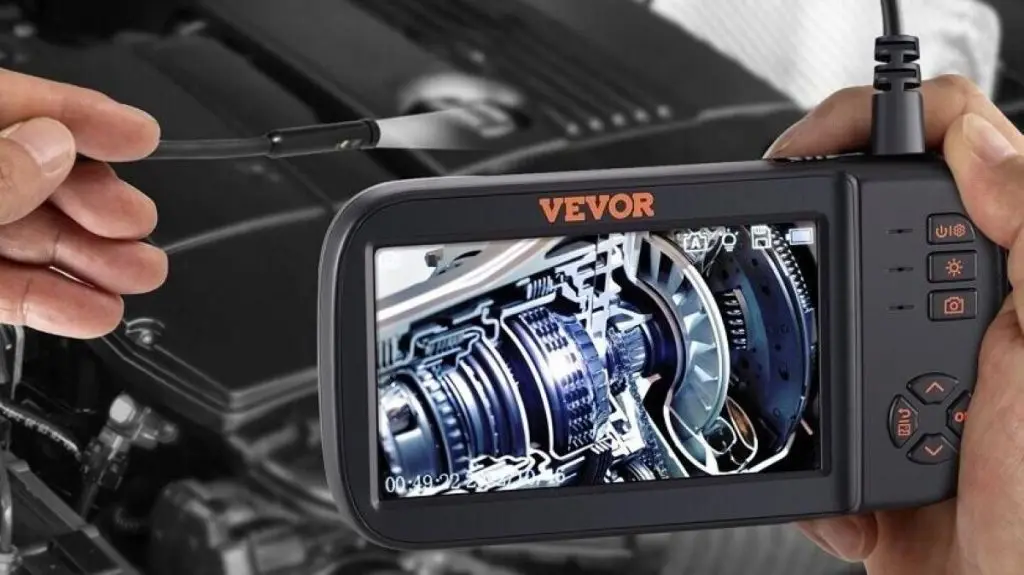
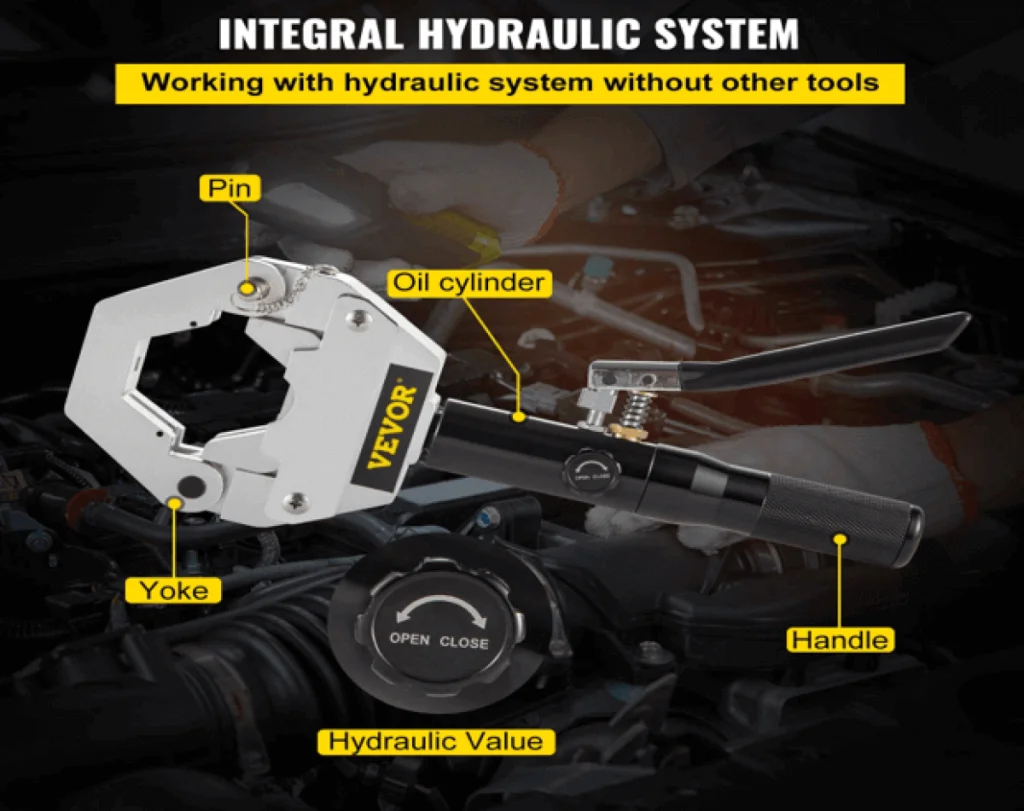
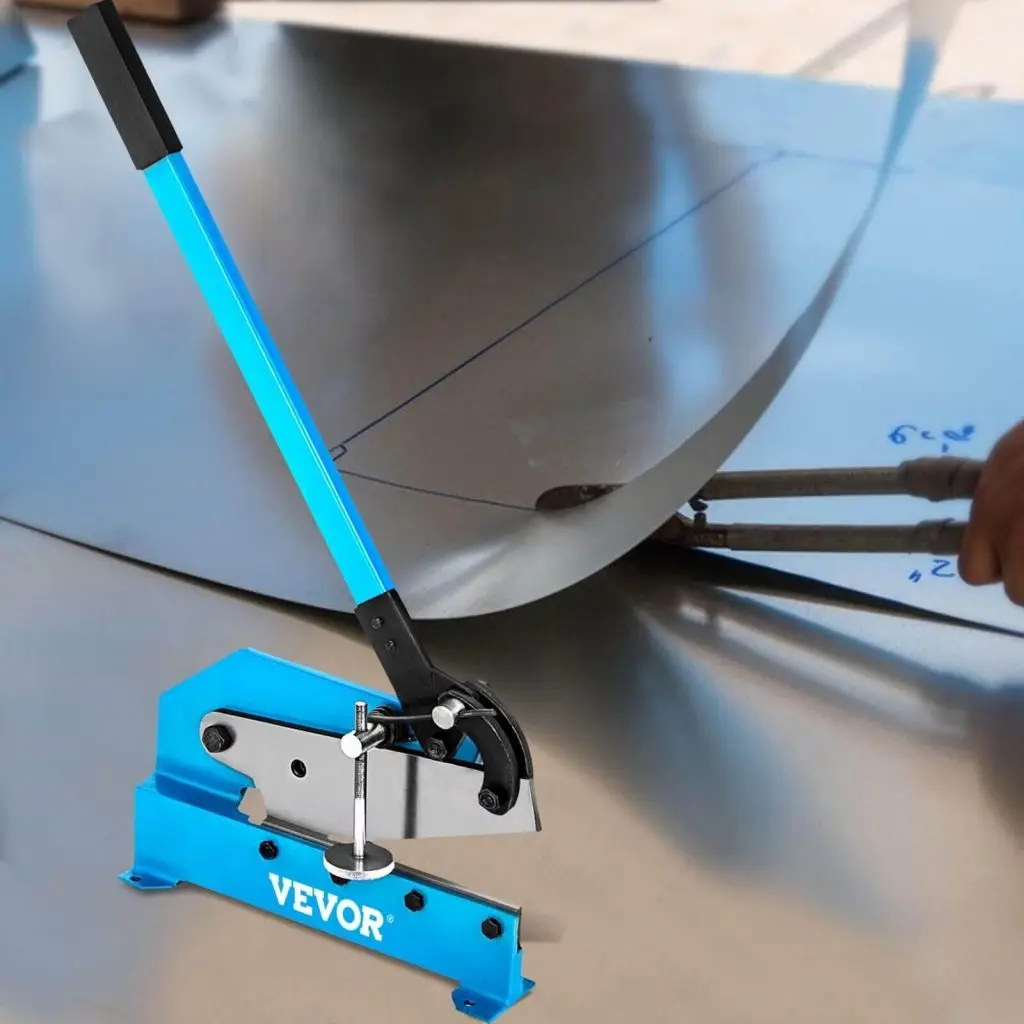
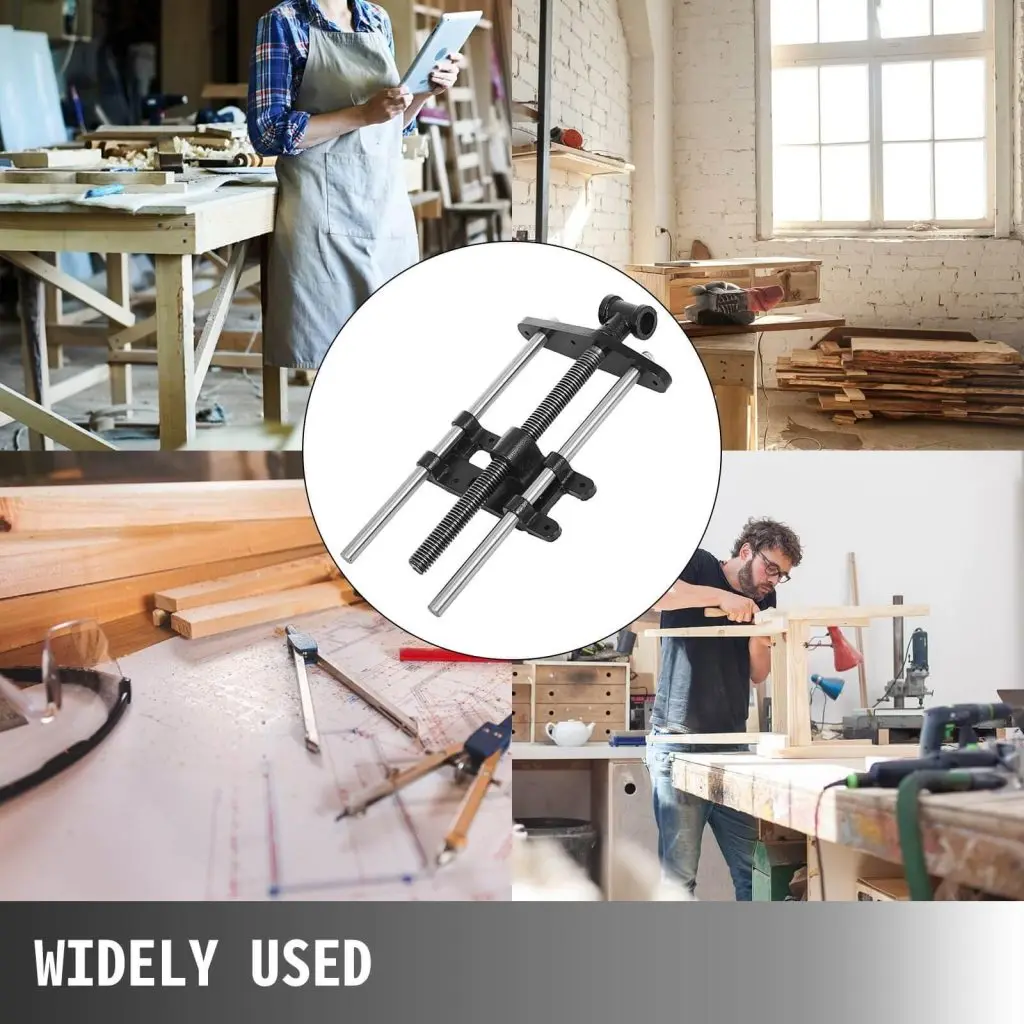





 Arabic
Arabic Danish
Danish Dutch
Dutch English
English Finnish
Finnish French
French German
German Hungarian
Hungarian Italian
Italian Norwegian
Norwegian Portuguese
Portuguese Romanian
Romanian Russian
Russian Slovak
Slovak Spanish
Spanish Swedish
Swedish